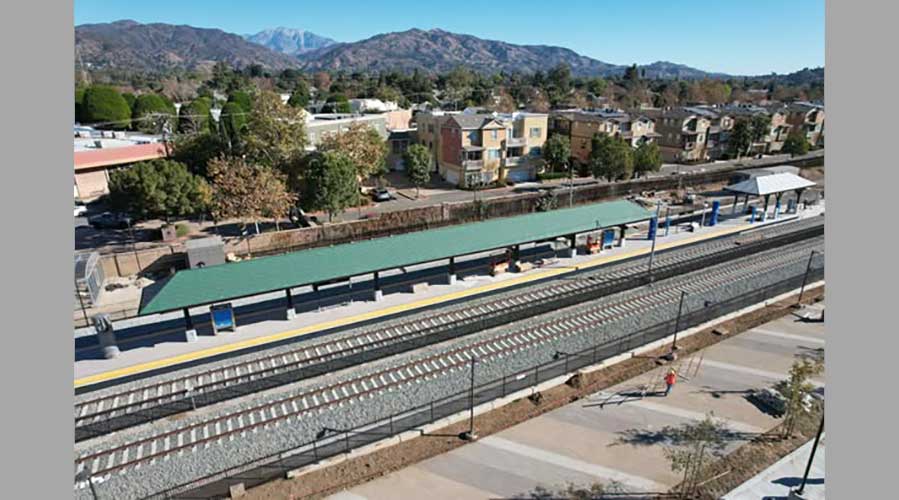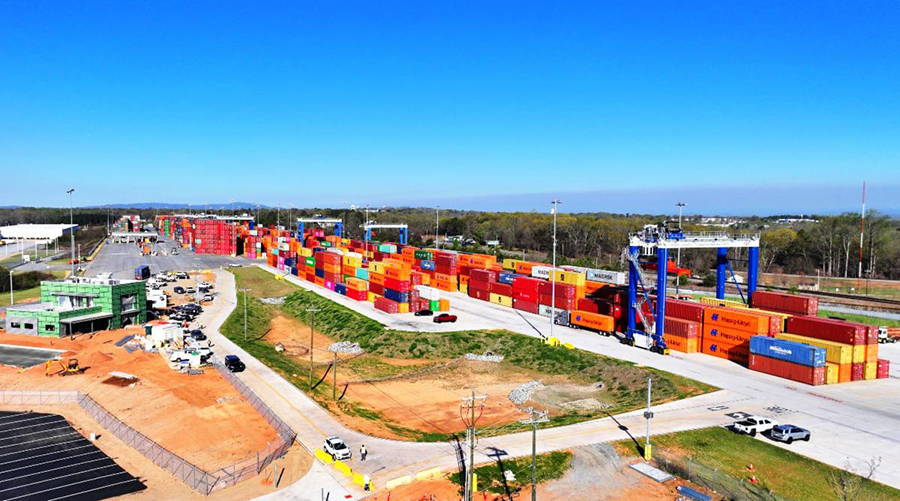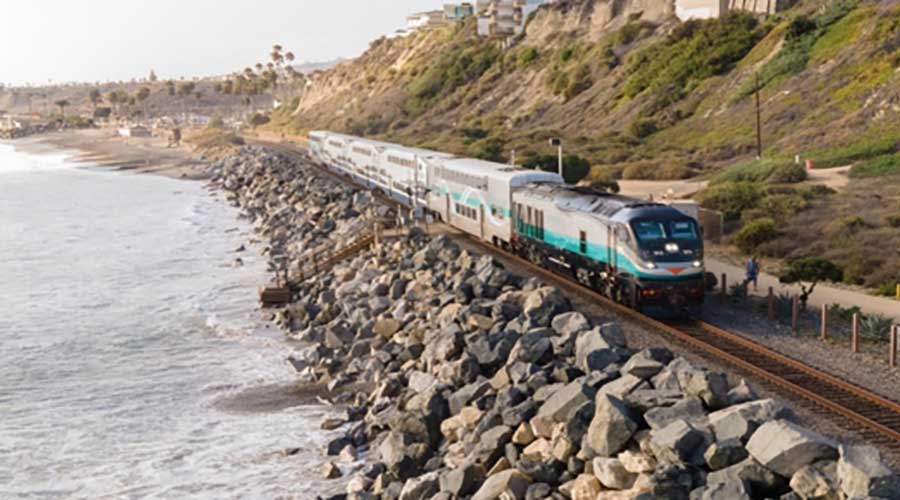Stay updated on news, articles and information for the rail industry
12/16/2016
Rail News: Passenger Rail
WMATA fires six workers after review reveals falsified inspection records

The Washington Metropolitan Area Transit Authority (WMATA) has fired six employees after an internal review determined that the workers falsified track inspection records.
The terminated workers include four track inspectors and two supervisors. Six additional track inspection employees are pending termination or unpaid suspension, while 10 more may face disciplinary action, WMATA General Manager and Chief Executive Officer Paul Wiedefeld said yesterday.
As part of the internal administrative review, WMATA staff evaluated track inspection reports over the past three years.
"I want the [WMATA] board, our employees and our customers to know that this review revealed a disturbing level of indifference, lack of accountability, and flagrant misconduct in a portion of Metro's track department which is completely intolerable," Wiedefeld said. "Further, it is reprehensible that any supervisor or mid-level manager would tolerate or encourage this behavior, or seek to retaliate against those who objected."
WMATA has taken action or is in the process of taking disciplinary action against 28 total employees since the July 29 derailment in Arlington, Va., Wiedefeld added. That figure represents nearly half of the track inspection department workforce and includes both management and frontline track employees.
Earlier this month, the National Transportation Safety Board (NTSB) released a report on the Virginia derailment and determined that track workers knew for more than a year that there were faulty crossties in the area. The NTSB pinned the accident's cause on the wide track gauge condition that resulted from sustained use of deteriorating wood ties.


 LRW Honors Amtrak’s Acheson As Railway Woman Of The Year
LRW Honors Amtrak’s Acheson As Railway Woman Of The Year
 From Editor-In-Chief Foran: Of Gender Equity And Inclusion
From Editor-In-Chief Foran: Of Gender Equity And Inclusion
 Spotlight On Some Of Today’s Rail Safety Products
Spotlight On Some Of Today’s Rail Safety Products
 Women of Influence in Rail eBook
Women of Influence in Rail eBook
 railPrime
railPrime







